Eight Summer Lawn and Garden Tips
- horticulturist and gardening expertJuly 1, 2023
Summer is peak gardening season for many of us. It is also the time when temperatures skyrocket, rainfall is limited, and watering bans go into effect. This can be hard on us as well as our landscapes. Fortunately, there are ways to help our lawns and gardens through these seasonal challenges. Here are a few top tips for caring for your lawn and gardens.
1) Proper Watering is Key to Plant Health
It always seems we have too much or not enough water throughout the growing season. Applying needed water properly is key to conserving this precious resource and boosting our plants’ health.
Water thoroughly and less frequently. Small amounts of water applied frequently promote shallow roots that are more subject to heat and drought stress. Instead, water established plants thoroughly when the top few inches of soil are crumbly and slightly moist. Then thoroughly moisten the soil at least ½” deeper than the deepest root. If you don’t know how deep this is, aim for 8 to 9”.
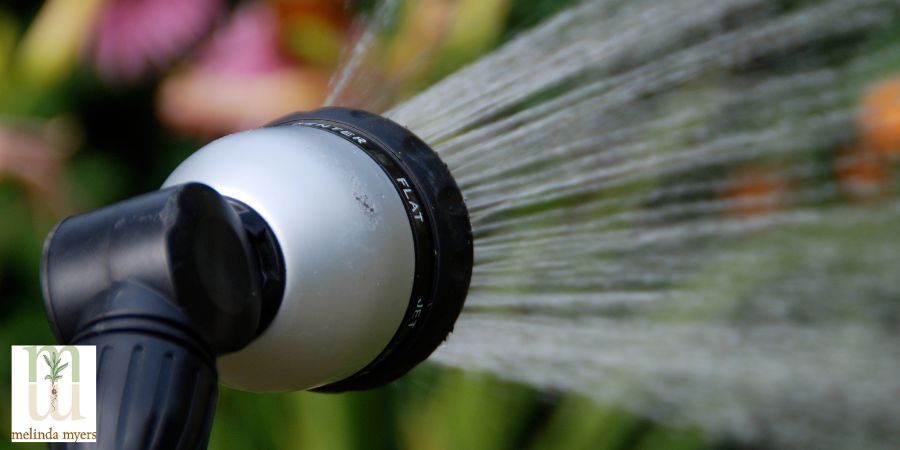
Don’t forget the trees. They need 10 gallons of water for each diameter inch of the trunk, so you will be moistening the top 12 to 18” of soil. Apply the water throughout the area under the leafy canopy. Or convert clean, toxin-free 5-gallon buckets into watering devices. Drill holes in the bottom of the bucket. Set enough buckets around the area under the canopy to apply the needed amount of water. Fill the buckets and allow the water to slowly moisten the soil below, eliminating water lost to evaporation and runoff.
Measure the watering depth with a long-bladed screwdriver or similar device. The probe will move easily through the moistened soil. It will resist movement when it reaches dry soil. Remove the probe and measure the depth of moist soil. The metal should be moist, not dry or soggy wet.
New plantings will need to be watered often enough to keep the roots and surrounding soil slightly moist. Gradually reduce the watering frequency as plants become more established. This encourages deeper more robust roots better able to obtain water from a larger area of soil.
Most plants generally need an inch of water each week. Irrigate plants as needed to compensate for the lack of rain. Temperature, soil type, and the plants’ age and water need to influence watering frequency. Use a straight-sided can measure the water applied. Make note of the pressure and time used so you know what to do next time.
Water early in the morning whenever possible. Less water will be lost to evaporation and you reduce the risk of disease caused by wet foliage at night.
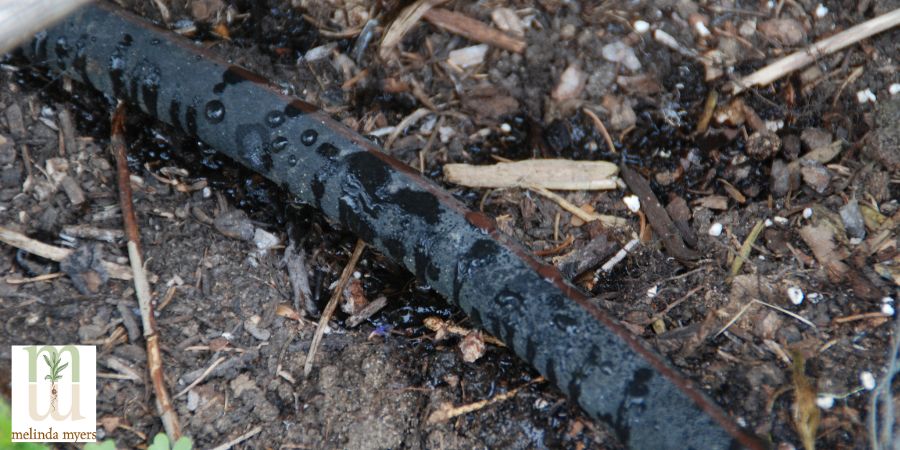
Use less water by applying it right to the soil with soaker hoses or drip irrigation. Use a watering wand, aqua cone watering device or gallon milk jug with holes in the bottom to apply the water slowly and directly to individual plants.
Check containers daily and water when the top inch of the potting mix is dry. Water thoroughly so excess runs out the drainage holes.
Consider replacing moisture-loving plants with more drought-tolerant ones if summers are typically hot and dry in your area. When the time is right to move your perennials, group any remaining moisture-loving plants together in their preferred growing locations. This reduces the time spent watering and water used caring for these plants.
2) Capture & Use Water for Your Garden
Capture shower warm-up water to use on containers, houseplants, and garden beds. Keep a 5-gallon bucket in your tub to capture and transport the water to where it is needed.
Install rain barrels at your downspouts if your municipality allows. This is a great way to save rainwater when it is plentiful to use in ornamental containers and in-ground gardens.
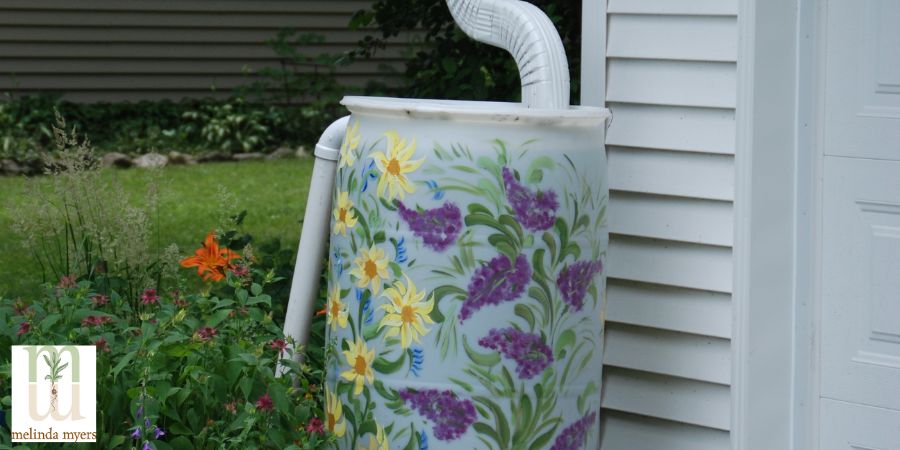
3) Add Mulch to Your Garden
Spread a 1 to 3” layer of leaves, woodchips, shredded bark, evergreen needles, or other organic mulch over the soil surface. The finer the mulch material, the thinner the layer of mulch needed.
This one strategy reaps many benefits. Organic mulches conserve soil moisture extending the time between watering. This is better for the plants and means less frequent watering for you.
Mulch provides a layer of insulation that helps keep plant roots cooler as temperatures rise, suppresses weeds, and protects the soil from erosion and compaction. All this contributes to the health of your plants.
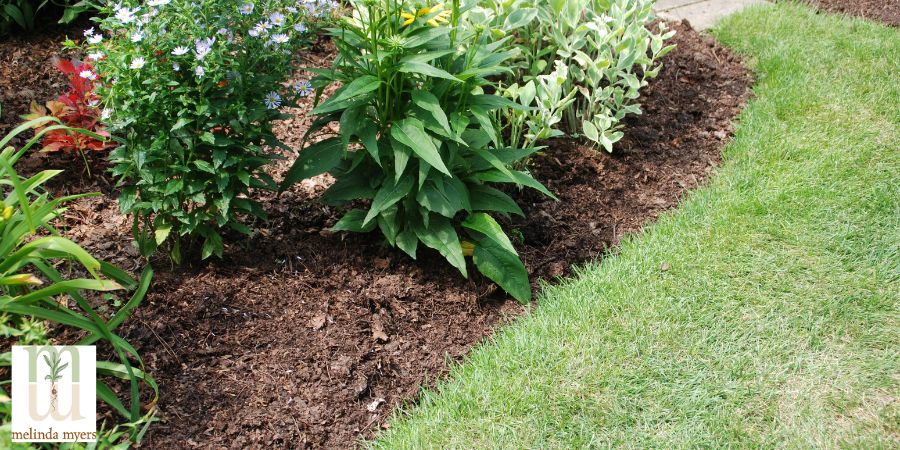
4) Summer Seasonal Lawn Guide
When it comes to your lawn you have a choice to make. When the weather turns hot and dry, you can allow your lawn to go dormant, conserving water or water to keep it growing when the weather turns hot and dry.
Most lawns can survive drought-induced dormancy for 3–4 weeks without water. If this is the option you select, water the lawn every 3 to 4 weeks. Provide a ½” of water to keep the crowns of the plants alive while staying dormant.
If you opt to keep your lawn green during hot dry weather you will need to water whenever your footprints remain in the lawn and the grass blades turn a gray-green. Apply ½” of water twice a week or an inch of water once a week when keeping the lawn green and growing.
Whichever method you choose be consistent. Allowing your lawn to go in and out of dormancy with a sporadic watering schedule is more stressful than keeping it dormant.
Further protect your lawn by minimizing foot and equipment traffic that can injure the drought-stressed grass.
Do not apply weed killers and high nitrogen fast-release fertilizers to the lawn in summer. These chemicals can damage your lawn during hot weather. Plus, new weeds are the first to replace those the herbicide killed.
Further boost your lawn’s health with proper mowing. Taller grass produces deeper roots that are able to obtain water from deeper in the soil making them more drought-tolerant. A deeply rooted lawn is also more resistant to insects, disease, and other environmental stresses.
Grow cool-season grasses like bluegrass, fescue and ryegrass 2 1/2 to 3 1/2 inches tall. Warm season grasses like bermudagrass, carpetgrass, centipedegrass and zoysia should be grown at 1 to 2 inches tall while St Augustine should a bit higher, 2 to 3 inches, for best results. Taller grass is also better able to compete with weeds.
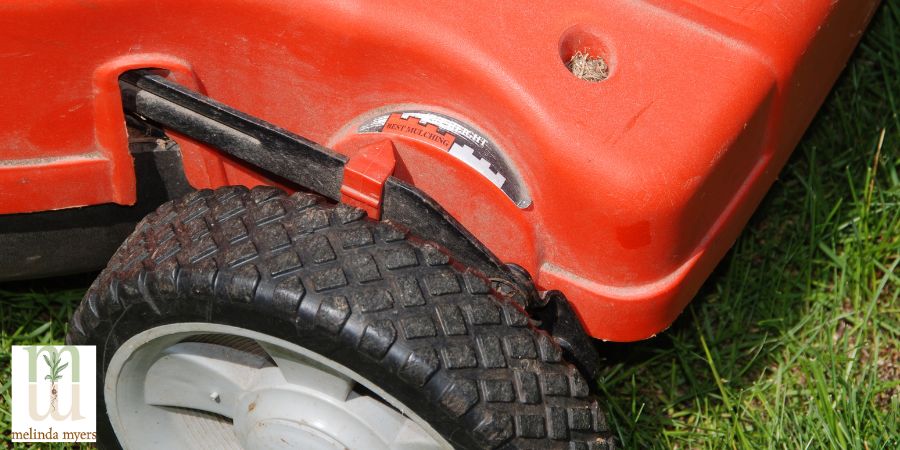
Only mow actively growing lawns and often enough so you remove less than one-third the total leaf surface. Leave the grass clippings on the lawn. They add nitrogen, organic matter, and moisture to the soil.
5) Use Non-Burning, Slow-Release Milorganite Fertilizer
Apply Milorganite fertilizer when gardens, containers, and actively growing lawns need a nutrient boost. The low nitrogen slow-release formulation won’t damage plants when the weather turns hot and dry. This fertilizer remains in the soil, ready to work when moisture is available for the plants.
Milorganite also contains 85% organic matter that helps improve the soil as well as feed your plants. Adding organic matter to soil improves soil drainage and water-holding ability and promotes healthier plant growth.
6) Remove Weeds from Gardens
These “plants out of place” steal water and nutrients from your desirable garden plants. That means more water is needed to provide your desirable plants with the moisture they need.
Many weeds also harbor insects and diseases that are harmful to your garden plants. Removing the weeds helps reduce this risk.
Remove weeds as soon as they appear. They are easier to pull when young and do not have time to flower and set seeds. Preventing weeds from setting seeds eliminates hundreds even thousands of their offspring from growing in next year’s garden.
You’ll find it easier to pull weeds by hand when the soil surface is moist. Or use a hoe to slice them off at the soil surface. Just be careful not to slice off nearby desirable plants.
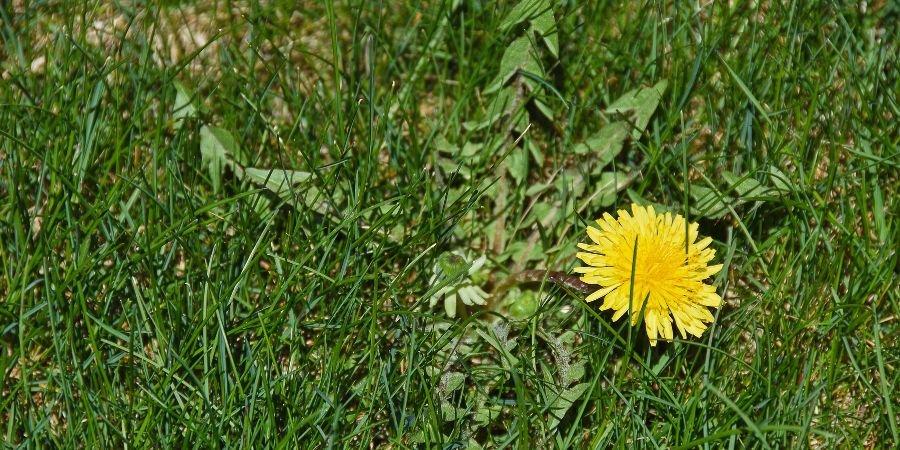
7) Monitor for and Manage Insect Pests & Disease
Regularly inspect plants for signs of insects and disease problems. Check the upper and lower surfaces of the leaves and stems.
Discovering problems early reduces the negative impact on the plants and makes management of the problem easier. Identify the problem to determine if control is needed. Your University Extension Service is a great source of information.
Remove small populations of insect pests by hand or knock them into a can of soapy water or off the plants with a strong blast of water. Removing infected plant parts may be enough to control some diseases.
Always read and follow label directions before purchasing and applying any pest control product. This includes natural, organic, and synthetic options. Pest control products can damage the plants you are trying to protect when applied incorrectly or during hot weather.
8) Don’t Forget to Take Care of Yourself
Sunshine and gardening go hand in hand. Be sure to drink plenty of water and incorporate a bit of skin cancer prevention into your gardening practices.
Work in shady areas of the landscape between 10 a.m. and 4 p.m. Save those sunny spots for early morning or evening when the sun is less intense.
Wear long sleeves and a broad-brimmed hat to protect your skin and UV-blocking sunglasses for the health of your eyes.
Use a broad-spectrum water-resistant UVA/UVB sunscreen with an SPF of 30 or higher for longer gardening sessions. Apply 2 tablespoons of sunscreen over your entire body 30 minutes before going outside. Then reapply every two hours or right after breaking into a heavy sweat.
Always take time to relax and enjoy your garden. Grab a glass of your favorite summer beverage, take a seat in the shade, and enjoy the view.

